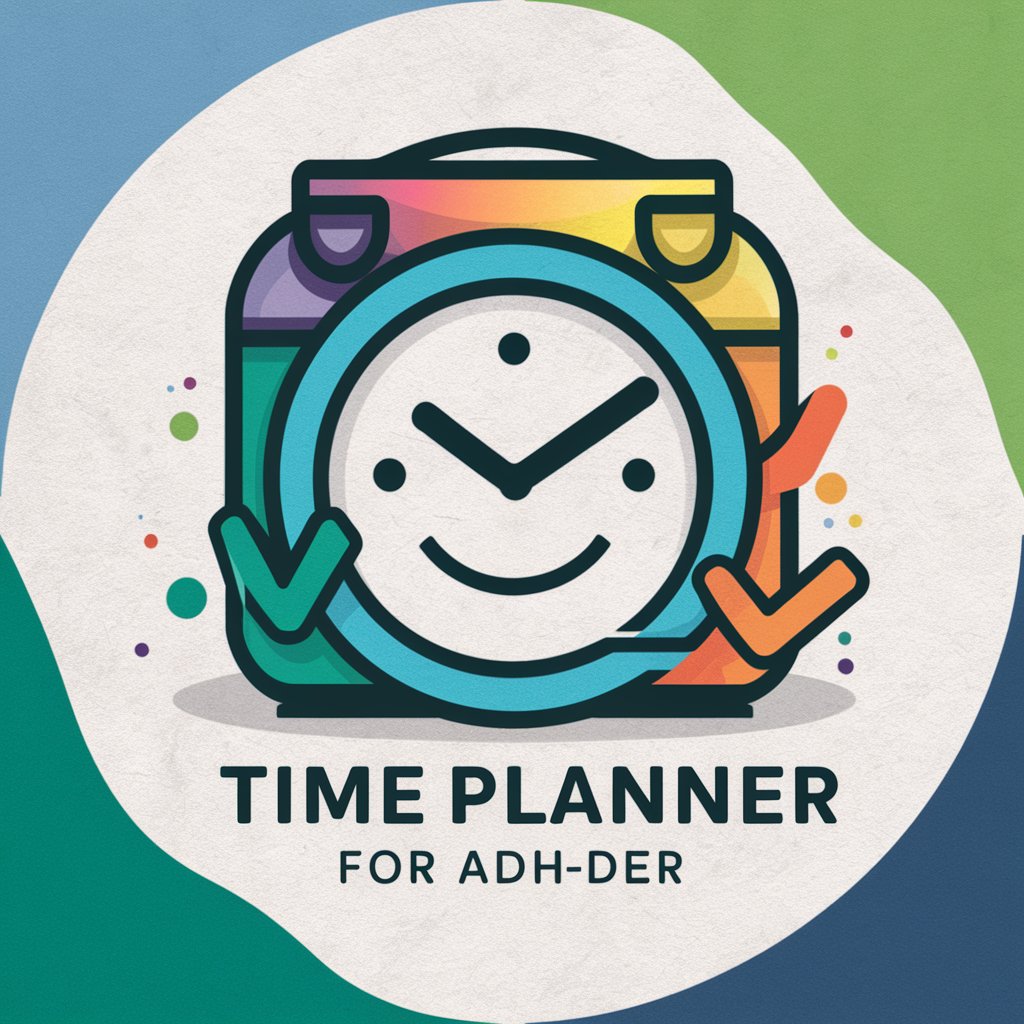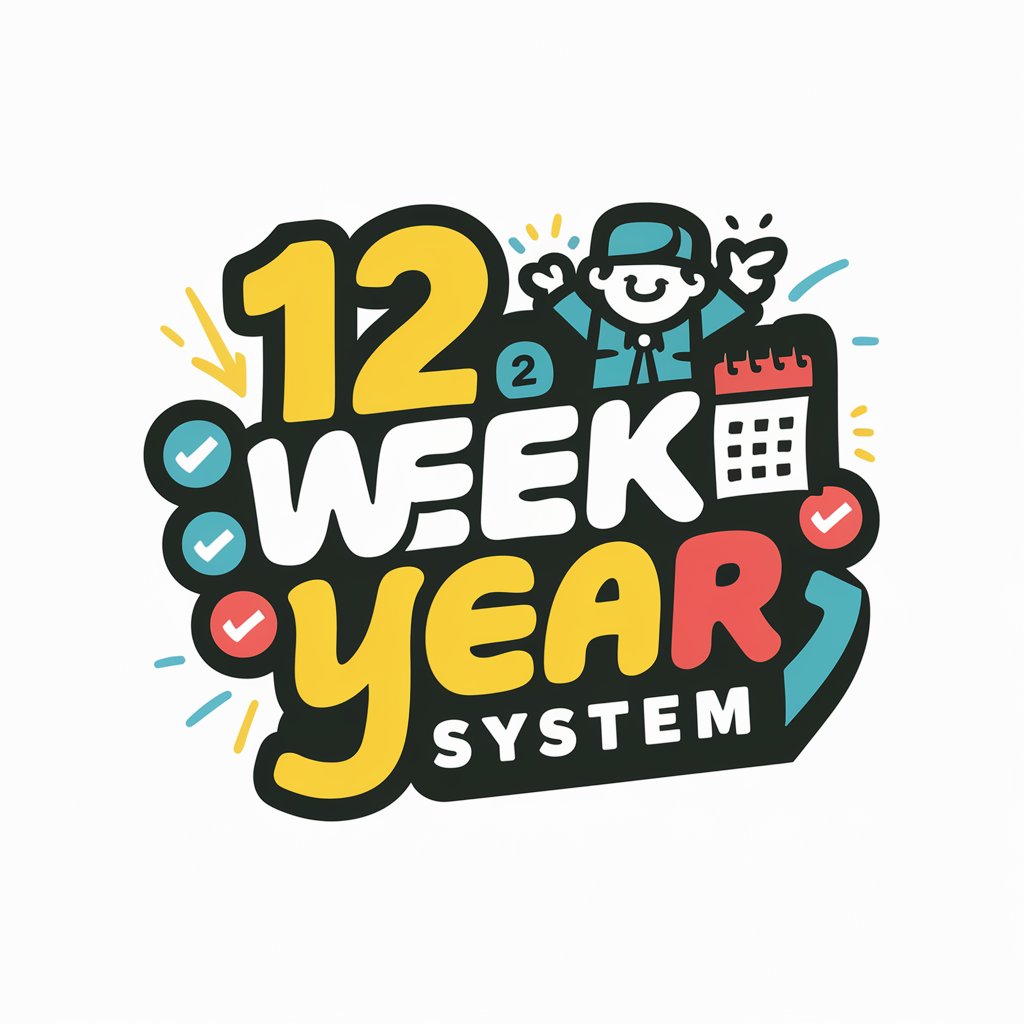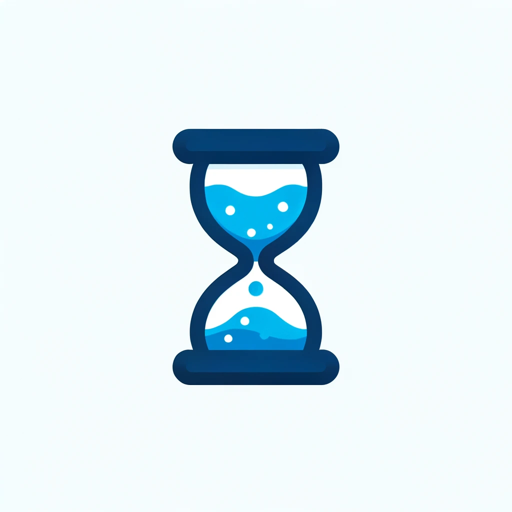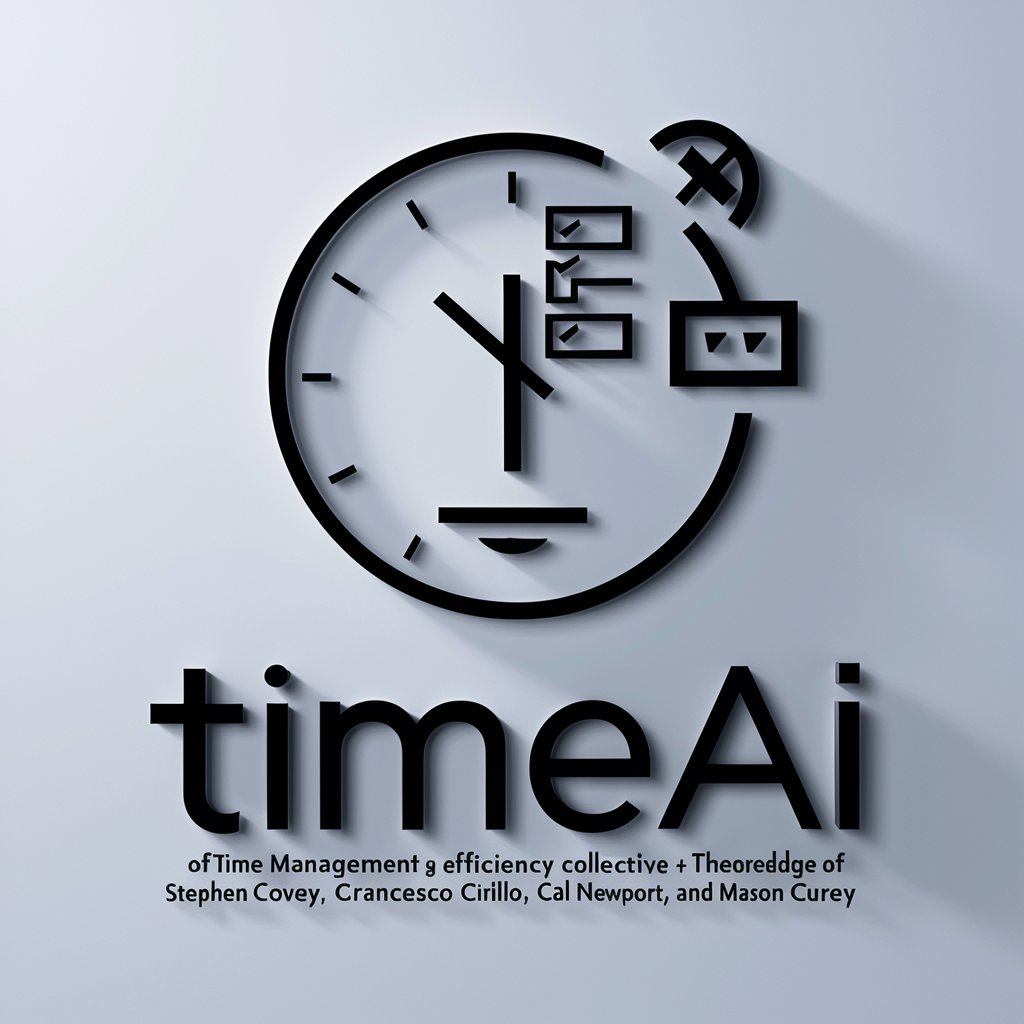
TTB: Sixteen Weeks of Time Blocking - Time Blocking Planner

Explore the art of mastering your time with Bram's unique approach.
Master Your Time with AI-Powered Planning
Describe the impact of time blocking on daily productivity.
Explain the challenges and solutions presented in the first 16-week cycle of time blocking.
Compare the effectiveness of traditional calendars versus the time block planner.
Discuss the psychological effects of consistently reviewing and adjusting one's schedule.
Get Embed Code
Understanding TTB: Sixteen Weeks of Time Blocking
TTB: Sixteen Weeks of Time Blocking is a methodical approach to planning and managing time, conceptualized by Bram in his detailed reflection on the practice of time blocking. The essence of TTB lies in its meticulous structure, designed to enhance productivity, adaptability, and self-awareness over a period of sixteen weeks. Bram's journey with the time block planner reveals a profound exploration of personal time management, where the planner serves not just as a tool for scheduling tasks, but as a medium for introspection, habit formation, and tackling life's unpredictable moments with grace. Through the disciplined practice of allocating specific blocks of time to tasks and adjusting these blocks in response to life's inevitable interruptions, users of TTB learn to navigate their days with intention and flexibility. The planner's unique layout, featuring columns for planned activities and subsequent adjustments, embodies the core principle of TTB: that effective time management accommodates both ambition and the reality of change. Powered by ChatGPT-4o。

Core Functions of TTB: Sixteen Weeks of Time Blocking
Intentional Daily Planning
Example
Mapping out each day with specific time slots for tasks, including work assignments, personal projects, and leisure activities.
Scenario
A user begins the day by filling out the 'ideal schedule' column in the planner, outlining what they hope to achieve. As the day progresses, adjustments are made in subsequent columns to reflect real-time changes, ensuring a balance between productivity and adaptability.
Reflective Adaptation
Example
Using the planner to document and reflect on deviations from the planned schedule, identifying patterns and areas for improvement.
Scenario
After an unexpected call extends beyond its allotted time, a user notes the disruption and later reflects on the frequency of such interruptions, deciding to implement scheduled end times for future calls to enhance efficiency.
Progress Tracking and Self-Discovery
Example
Leveraging the planner for ongoing tracking of goals and personal growth, fostering a deeper understanding of one's habits, strengths, and areas for growth.
Scenario
Over the sixteen weeks, a user observes a recurring pattern of 'revenge bedtime procrastination' and decides to prioritize essential tasks in the morning, thereby aligning daily actions more closely with personal goals and improving sleep habits.
Ideal Users of TTB: Sixteen Weeks of Time Blocking
Productivity Seekers
Individuals looking to optimize their daily routines, improve time management skills, and accomplish personal and professional goals more effectively. They benefit from TTB by gaining a structured yet flexible framework to plan their days, identify time-wasting activities, and make informed adjustments to their schedules.
Habit Builders
People interested in developing new habits or breaking old ones. Through the disciplined use of TTB, they can monitor their progress, understand the impact of their daily choices on their goals, and systematically implement changes that lead to lasting habit formation.
Reflective Practitioners
Individuals who value introspection and personal growth. TTB offers these users a platform for regular reflection on their time management practices, helping them to uncover deeper insights into their behaviors, challenges, and achievements, thereby fostering a more mindful approach to living.

How to Use TTB: Sixteen Weeks of Time Blocking
1
Start your journey at yeschat.ai for a hassle-free trial, no login or ChatGPT Plus required.
2
Upon accessing TTB, familiarize yourself with the interface by reviewing the tutorial section to understand how to effectively block your time.
3
Use the planner to map out your daily, weekly, and monthly tasks by allocating specific time blocks for each activity, ensuring a balance between work and personal life.
4
Regularly review and adjust your time blocks as needed to accommodate unexpected changes or shifts in priority, using the 'calendar repair' feature for real-time adjustments.
5
Reflect on your progress at the end of each week with the built-in reflection tools to identify patterns, make improvements, and celebrate successes.
Try other advanced and practical GPTs
SaaS GPT
Empowering SaaS Innovation with AI

Diverse Debater
Engage, Learn, and Explore with AI

Sheet Meal Planner GPT
AI-powered meal planning made easy

Mech Twain
Unleash AI’s Deep Knowledge Power

Emotional Uplift
Navigate emotions with AI-powered guidance.

eBookGPT
Craft Your Story with AI-Powered Insights

WellnessZ
Empowering Your Wellness Journey with AI

NextGen Newsfeed
Stay informed, effortlessly with AI.

Photo Mentor
Elevate Your Shots with AI Expertise

Cat GPT
Purr-fectly crafted cat conversations and creativity.

Weatherwise
Your AI-Powered Weather Companion

Bilingual Storyteller
Nurturing young minds with AI-powered storytelling

Q&A on TTB: Sixteen Weeks of Time Blocking
What is TTB: Sixteen Weeks of Time Blocking?
TTB is a time management tool designed to help individuals organize their tasks and responsibilities into manageable time blocks over a sixteen-week period, fostering productivity and intentional living.
How does TTB differ from traditional planners?
Unlike standard planners, TTB incorporates a 'calendar repair' feature and allows for real-time adjustments, offering a more flexible and realistic approach to scheduling and time management.
Can TTB help with procrastination?
Yes, by encouraging users to break down tasks into specific time blocks and prioritize activities, TTB can help mitigate procrastination by creating a clear roadmap for action and accountability.
Is TTB suitable for team projects?
While primarily designed for individual use, TTB can be adapted for team projects by allocating time blocks for collaborative tasks and meetings, thus ensuring team alignment and efficiency.
How can I measure my success with TTB?
Success with TTB can be measured through the completion of set tasks within their time blocks, the reduction of procrastination, and the overall improvement in time management and productivity over the sixteen-week period.





